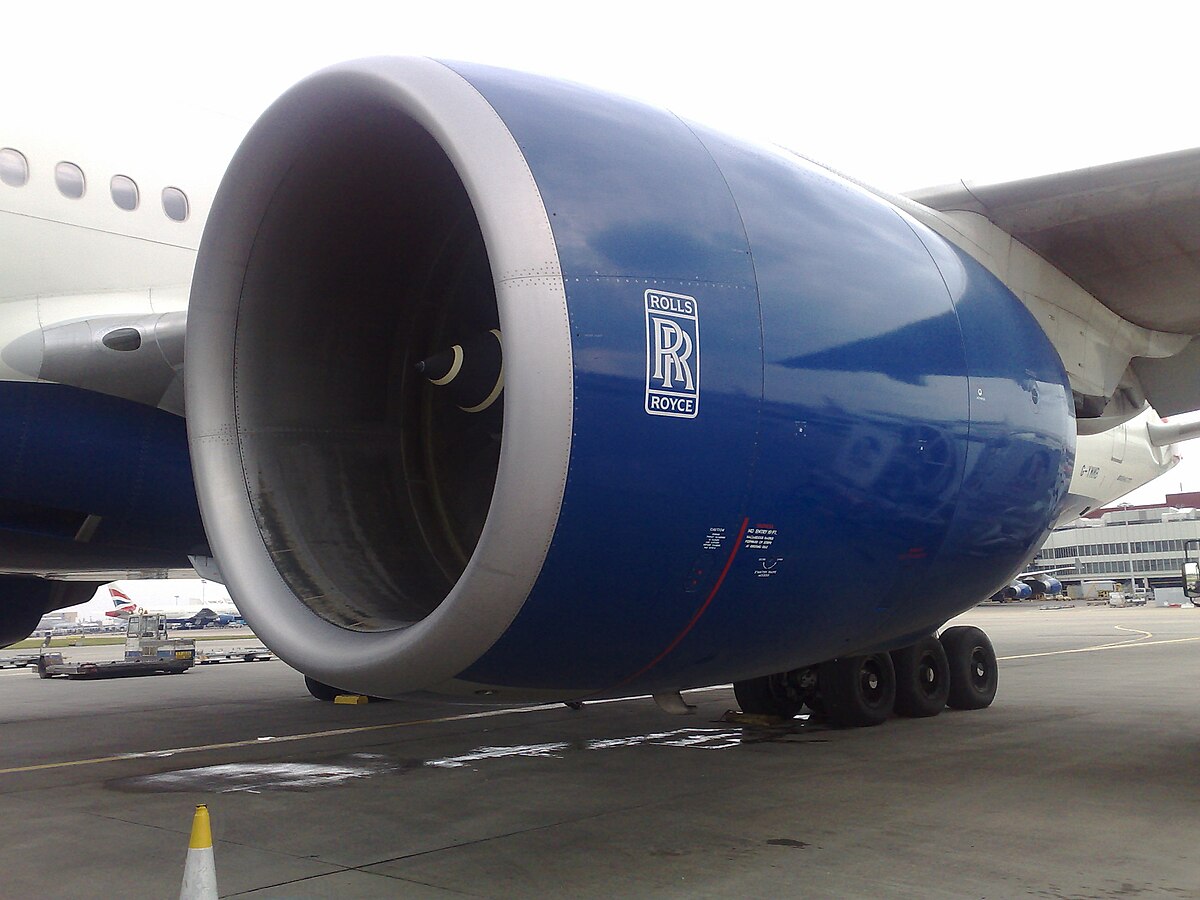TIME
DILATION IN AN AIRPLANE PROPELLER
INTRODUCTION
Airplane Propeller is the engine that powers the airplane. The diameter of Airplane Propeller
varies from 5 feet [airbus models] to 12 feet [Boeing 777]. Consider a Jumbo Jet Boeing 777 Airplane Propeller which rotates at 481 mph and an observer who is stationary with respect to the Airplane Propeller.
According to the Special Theory of Relativity, the Airplane Propeller’s clock
would run slower compared to the observer’s clock. We’ll find the time gained
by the Airplane Propeller relative to the stationary observer.

ASSUMPTIONS
Earth is a perfect
homogenous sphere.
The effect of
Gravitational time dilation is negligible.
CALCULATION
The Airplane propeller
velocity is,
v = 481 mph = 213.88
m/s
According to the
Special Theory of Relativity, the time dilation equation is,
t' = t/γ [s]
t’ – Actual time or Airplane Propeller’s time. [s]
t -
γ – Relativistic gamma
factor, γ = 1/√ [1-(v/c) 2]
c - Velocity of light
[c = 3*108 m/s]
t' = t*√ [1-(v/c)
2]
t' = t*√ [1-5.0827*10-13]
t' = t*√ [0.999999999999492]
t' = t * 0.999999999999746
CONCLUSION
We can observe that proper and actual time isn’t
the same which proves that time dilates on Airplane Propeller relative to the
stationary observer. We’ll consider 2 different t’ values and calculate t
value. The larger the t’ the more is the difference between t and t’. Thus in
one hour the Airplane Propeller gains 0.0152 nanosecond over the observer and in 15 hours it'll gain 13.7 nanosecond. So the more the
propeller rotates the better ‘cause it’ll gain more time due to time dilation
by rotating rather than just staying stationary.
Time
|
t’
[Stationary Propeller] (s)
|
t
[Rotating Propeller] (s)
|
Difference
(s)
|
|
1
minute
|
60
|
|
0.0000000000152
|
|
1
hour
|
3600
|
|
0.00000000091
|
|
15
hours
|
54000
|
|
0.0000000137
|
No comments:
Post a Comment